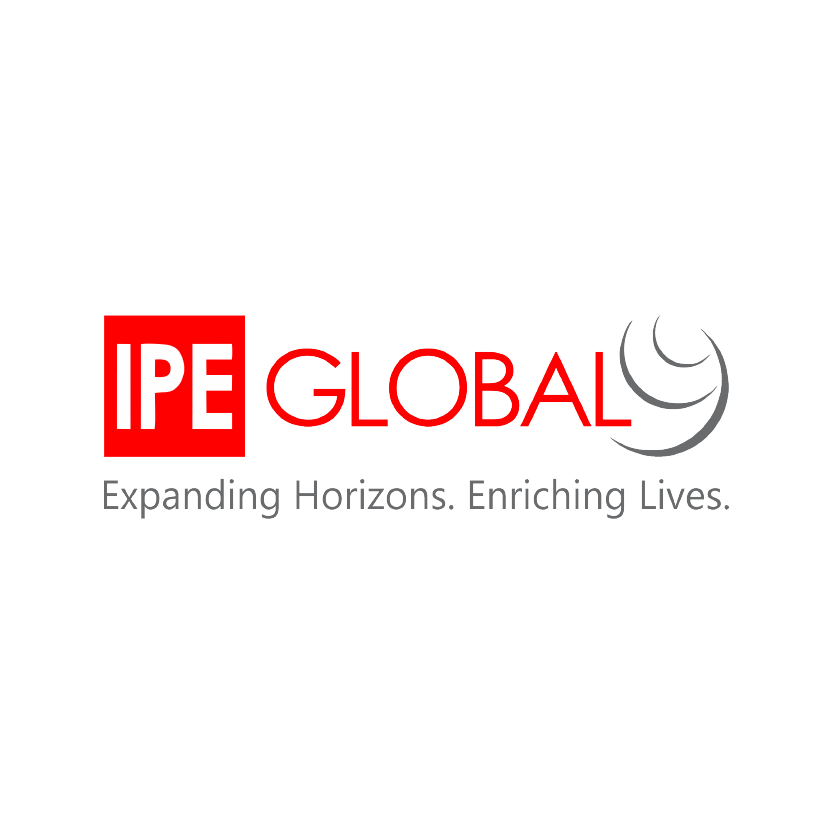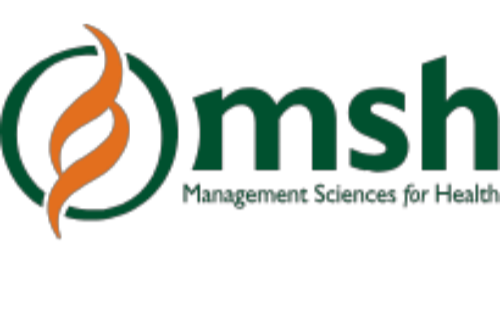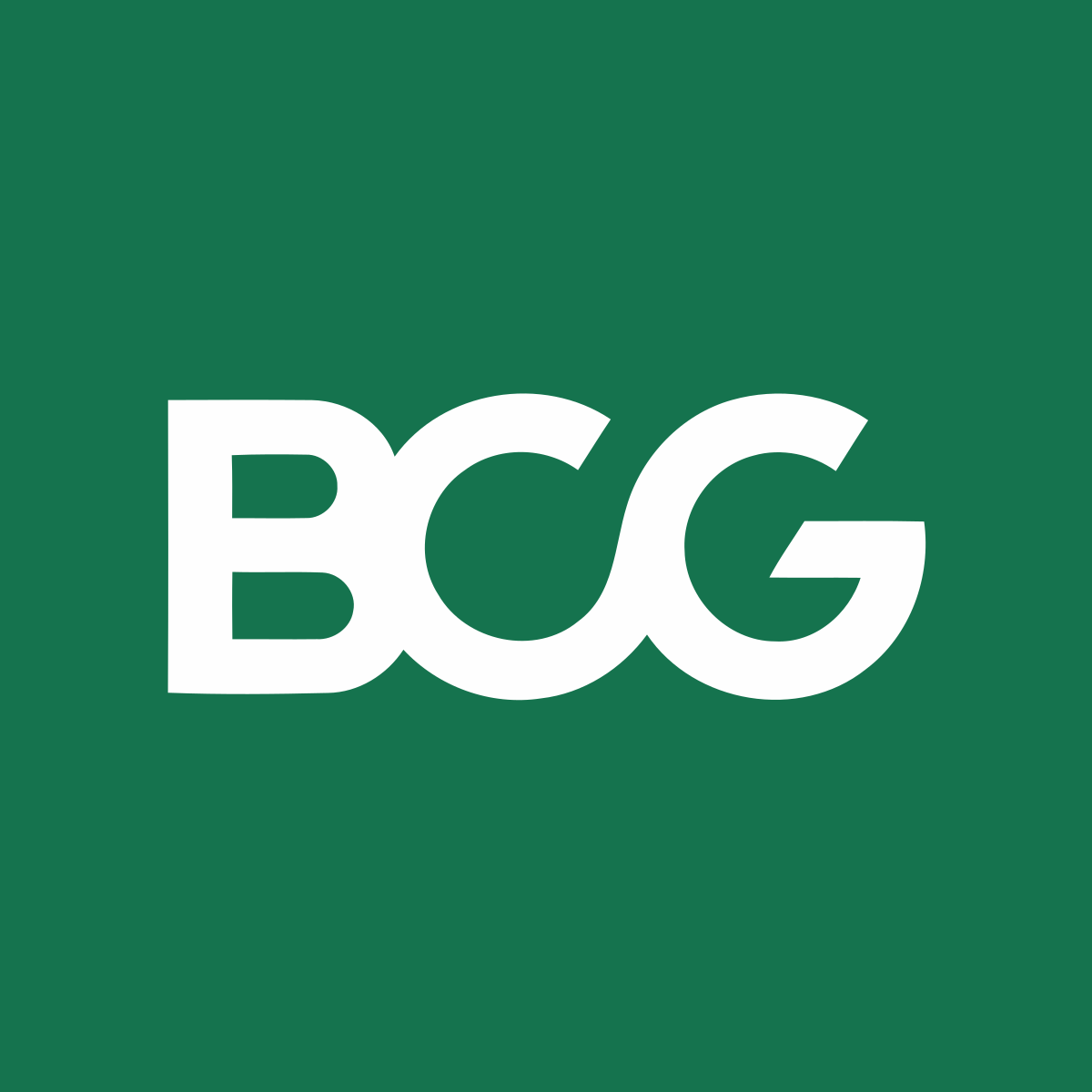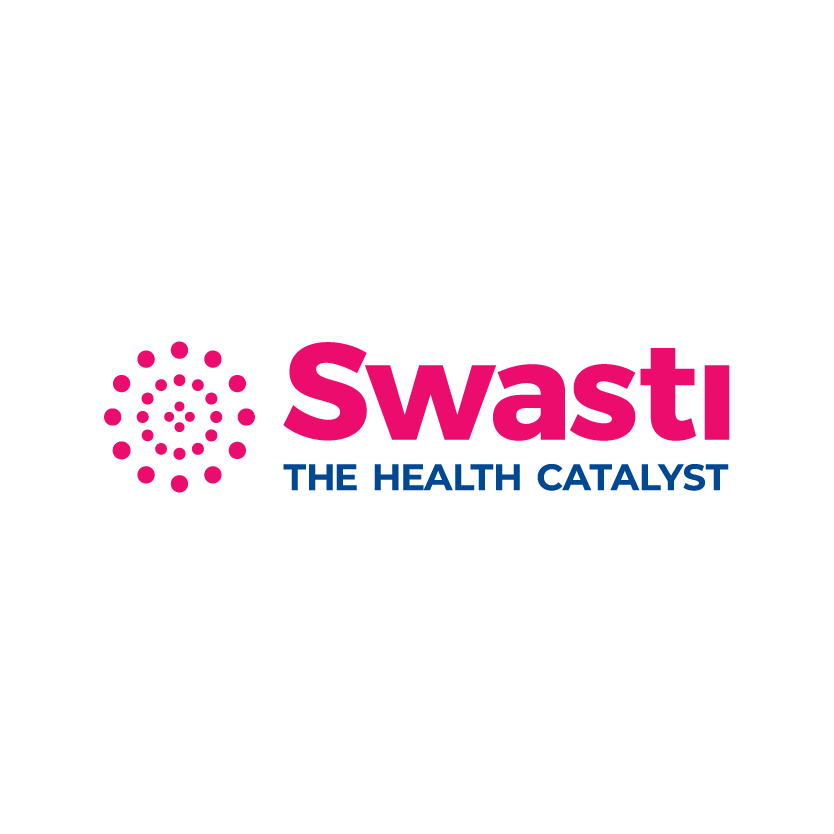
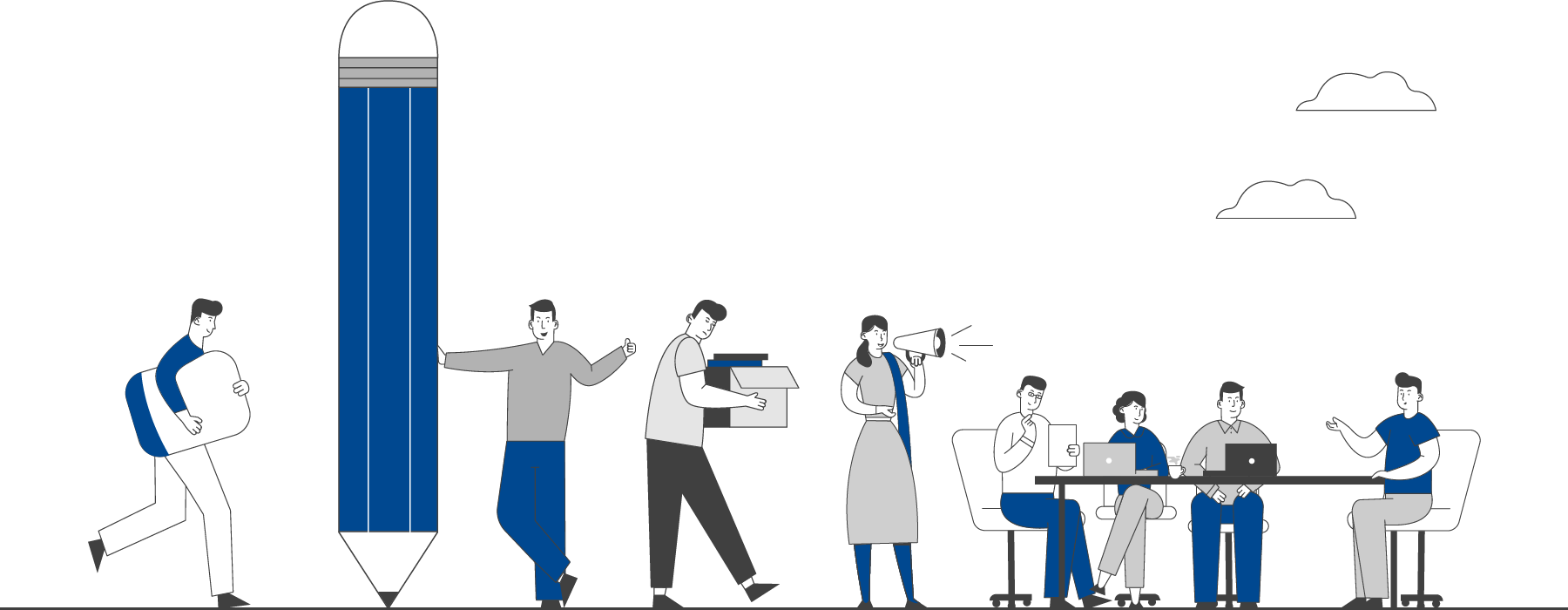
This section hosts guidelines, manuals and toolkits to strengthen public health practice.
Resources
FILTER
BY CATEGORY
View All
Financing Primary Healthcare
10 Apr 2022by Kara Hanson et al. 20 MIN READ
Primary Health Care(PHC) is widely recognized as a key component of all high-performing health systems and is an essential foundation of universal health coverage. It is a platform to provide basic health interventions including effective management of NCDs, which have been on a rise. For it to be successful, availability of services should be equitable and affordable. In this direction, the Lancet Global Health Commission put out a report on financing primary health care: putting people at the center. The report found that though there is a variation in the amount of government resources allocated to PHC, much of the (significant) variation in PHC spending levels across countries can be explained by national income levels.
PHC expenditure is overly reliant on OOPE. Countries need to invest more as well as invest better in PHC using population-based provider payment mechanisms such as capitation. However, in LMICs, features of PHC organizations, such as empanelment, registration, and gatekeeping, which are necessary for population-based payment strategies are absent. A vicious cycle is established where insufficient public funding makes access to health services inequitable, unreliable and of poor quality. This makes people bypass PHC facilities to access specialist care which further deprives PHCs of funding and resources. Technical and political economy also gets involved while shifting focus of the health system from specialist and hospital-based services toward PHC.
The Commission provided recommendations including, but not limited to, public resources providing the bulk of PHC funding, involvement of key stakeholders in designing and implementing financial arrangements, global technical agencies reforming the way PHC expenditure data is collected and reported among others.
The full report by the Commission can be found here.
Related File :
495545537.pdfCategories
For policymakers

 EXPLORE DATA
EXPLORE DATA 




